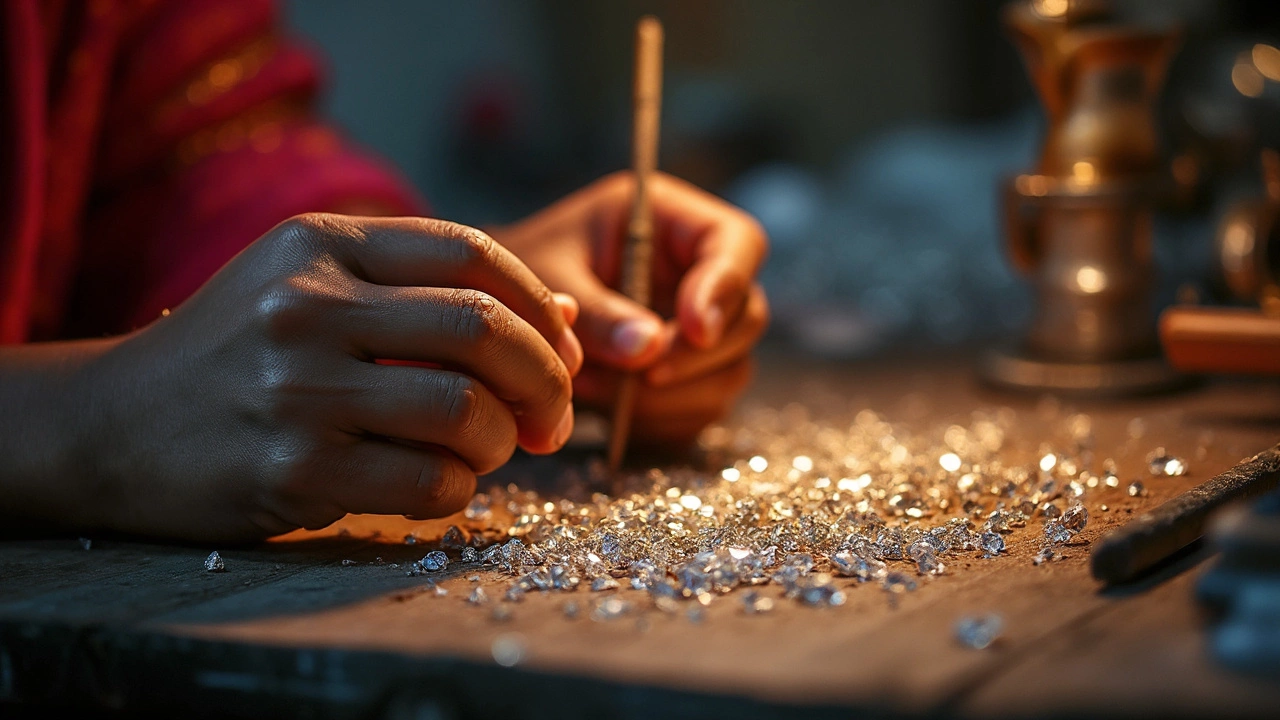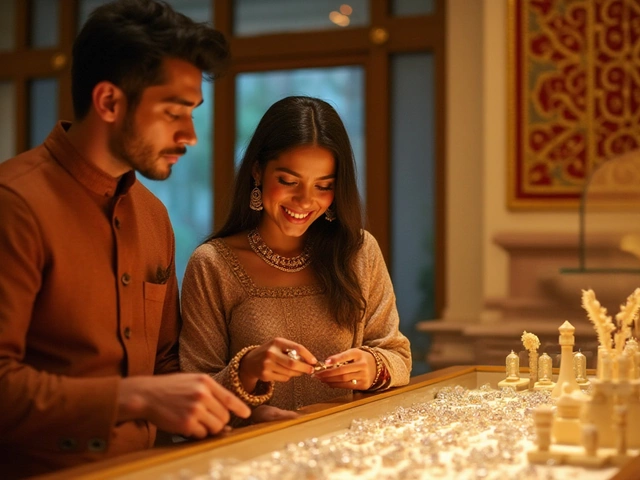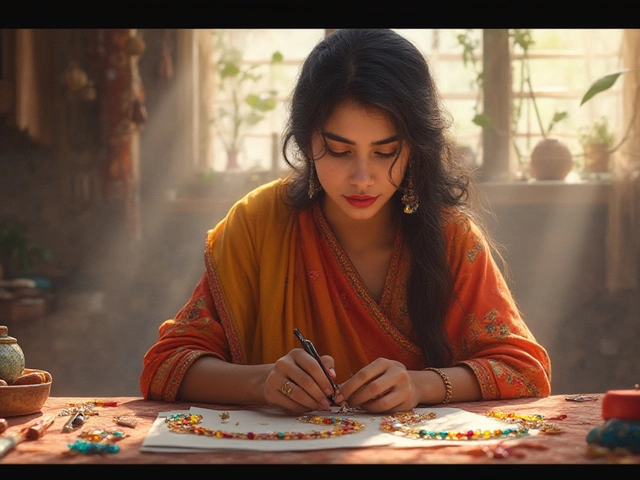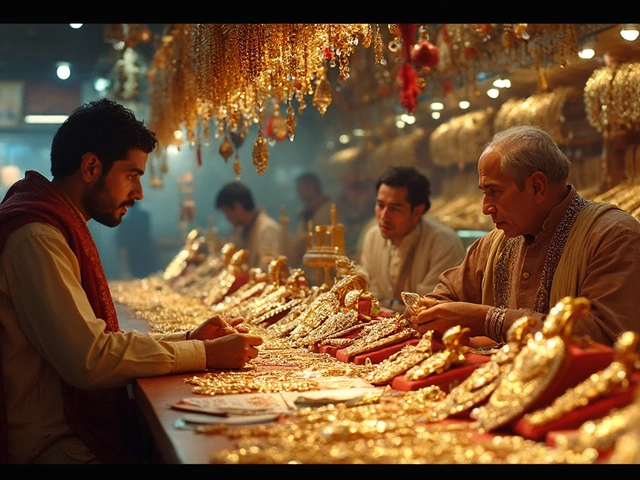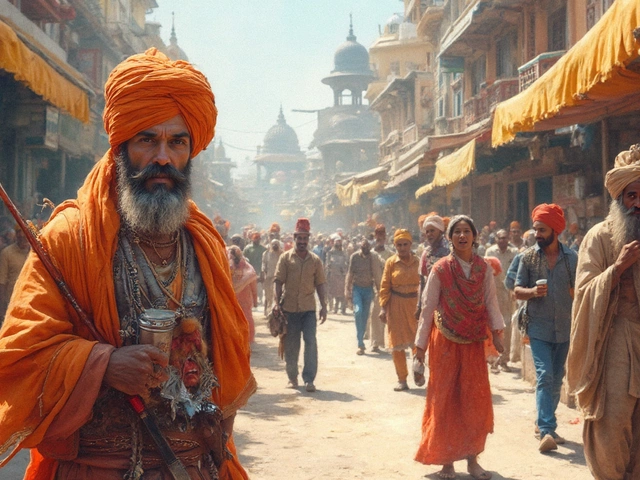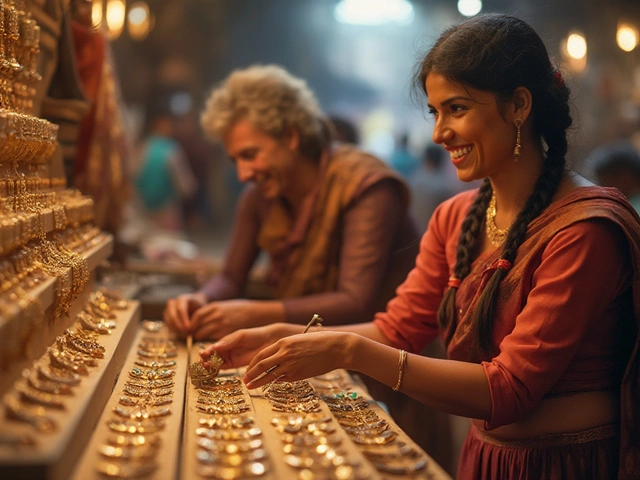Diamond Cutting: How Your Gem Gets Its Sparkle
Ever wondered why a diamond looks so bright? It’s all about the cut. The cut decides how light travels inside the stone, turning a raw piece of carbon into the glitter you see on a ring. In this guide we’ll break down the main cut styles, walk through the cutting process, and give you quick tips for picking the right cut for your budget and taste.
Popular Diamond Cut Styles
The most common cuts are the round brilliant, princess, oval, emerald, and cushion. The round brilliant is the classic sparkle‑machine; its 58 facets are designed to bounce light back to your eye. The princess cut looks like a square version of the round, offering a modern feel with a lot of brilliance. Oval and cushion cuts stretch the stone, making fingers look longer, while the emerald cut has long, clean lines that showcase clarity more than fire.
Each style has a trade‑off. If you love fire, go for round or princess. If you prefer a sleek, sophisticated look, emerald or cushion might be better. Knowing what each cut emphasizes helps you match the stone to the wearer’s personality.
The Cutting Process: From Rough to Radiant
Professional diamond cutting starts with a rough diamond that’s examined under a microscope. Cutters map out the stone’s shape, looking for inclusions and internal stress points. Using a laser or a spinning wheel, they grind away the excess material, creating the basic shape. Next comes polishing, where tiny diamond dust smooths each facet to a mirror‑like finish.
Modern technology allows cutters to simulate how light will behave before any slicing happens. This predictive step maximizes carat weight while preserving the best possible brilliance. The whole process can take weeks and involves skilled artisans who balance art and science.
When you shop, ask the jeweller about the cut grade. A good cut grade means the cutter did a solid job aligning facets for maximum sparkle. Even a high‑carat stone can look dull if it’s poorly cut.
Choosing the right cut is easier when you know what you want. If you’re buying on a budget, consider a slightly lower cut grade in a less popular shape; you often get more size for the same price. For special occasions, a top‑grade round brilliant gives the classic wow factor.
Remember, the cut is the only factor you can’t change after purchase. Take a moment to compare how the stone reflects light in different lighting conditions. The right cut will make a diamond dance in both daylight and evening glow.
With these basics, you’re ready to understand what makes a diamond shine and how to pick the cut that fits your style and wallet.
Why Gujarat Is Famous for Diamonds: The Real Story Behind India's Shining Stones
Gujarat has a reputation for being the world’s diamond hub, with Surat handling over 90% of the world’s diamond cutting and polishing. This article explores why diamonds from Gujarat are so well-known, how the local industry grew, and what it means for anyone buying diamond rings in India. You'll also find interesting facts about the people, their craftsmanship, and tips to make smart choices when picking out that perfect diamond piece. Dive into what makes Gujarat’s diamond trade tick and much more.
The Global Journey of Diamonds: India's Role in Crafting Brilliance
India plays a central role in the diamond cutting industry, with a majority of the world's diamonds being processed there. This article explores why India has become a leader in diamond craftsmanship, while also highlighting other key players around the globe. It discusses the skills and traditions that make India unique, as well as the global nature of the diamond supply chain. Readers can expect to gain a deeper understanding of how diamonds journey from raw stones to sparkling jewels.
